The Brewer Updating an Ancient French Beer for Modern Drinkers
Thomas Deck’s cervoise-inspired brew is herbal and delicious.
To many French people, the word cervoise evokes the popular comic book series Astérix et Obélix, which charts the adventures of two Gaulish warriors in Roman-occupied proto-France. Accompanied by their druid companion, who brews them a magic potion that makes them temporarily invincible, the two explore, fight, eat, and drink their way through ancient Europe. It’s a fun romp, rife with both historical accuracy and anachronism, and given the setting in France, it’s perhaps unsurprising that many of the battles—in which the titular Gauls nearly always emerge victorious—are appended with a feast of roast wild boar and a predecessor to beer known as cervoise.
History is far more complex than a comic book; as much as they like to believe the contrary, modern French people are not descended from Gauls. But ancient Celtic inhabitants of modern France likely did indeed drink cervoise, an unhopped beer sometimes referred to as a gruit in English and whose consumption dates back to antiquity through the Middle Ages. Traditional cervoise recipes, according to Malcolm F. Purinton, a professor who teaches the history of beer and alcohol at Northeastern University, were likely sweetly herbaceous, infused chiefly with a trio of yarrow, wild rosemary, and sweet gale or bog myrtle—though they could also include other herbs and spices, depending on what was available.
This year, Thomas Deck, a brewer based in the Paris area, set out to recreate a cervoise for the contemporary Parisian. Though he made a few modern updates for stability and flavor, “it’s a little bit inspired by, like, druids cooking something in a cauldron, and throwing herbs into it,” he says.
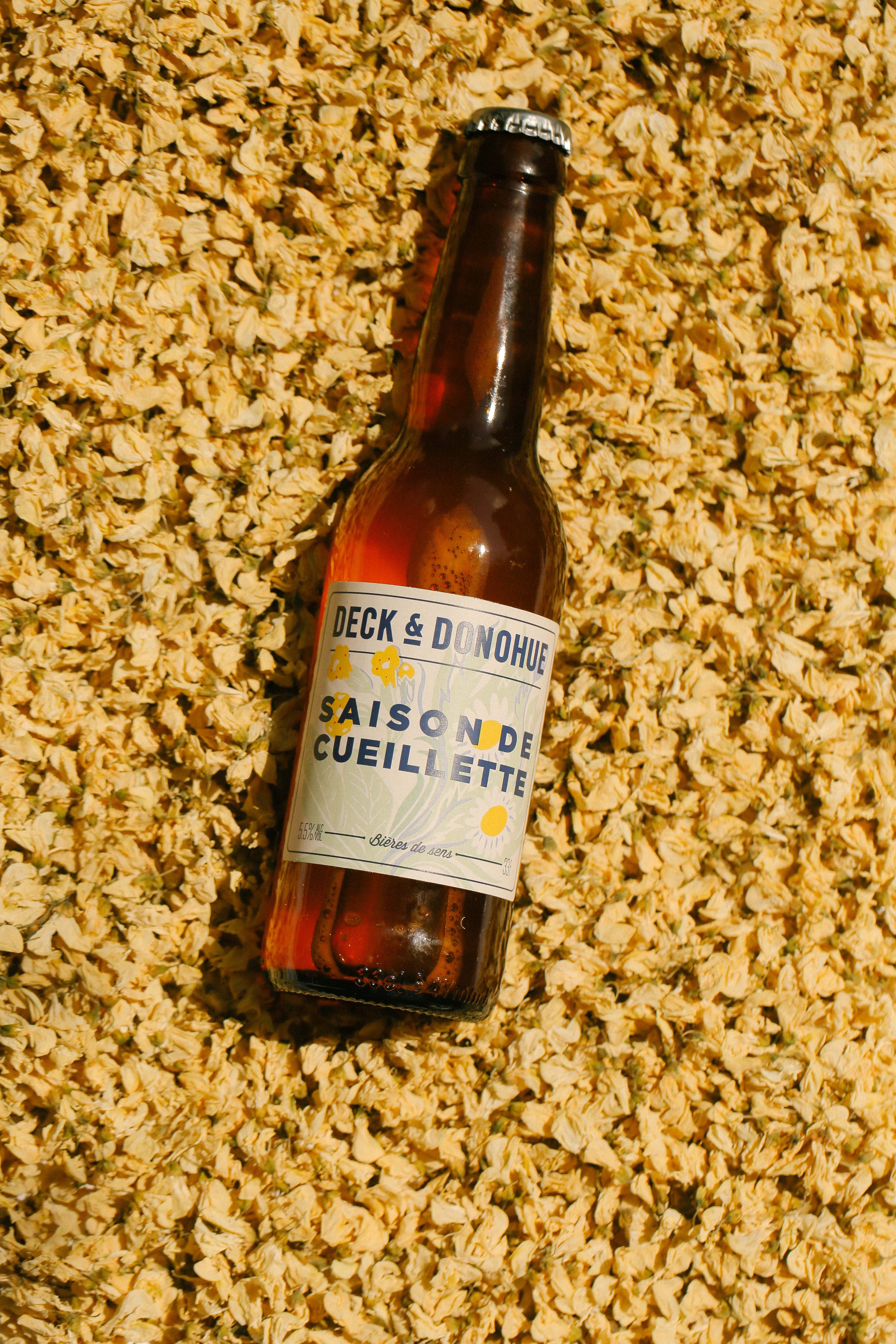
Deck could well have been destined for a brewing career from early childhood. He grew up in eastern French Alsace, which brews around 60 percent of all French beer, according to Visit Alsace. But it took a chance encounter with American home brewer Mike Donohue while studying abroad in Washington, D.C., for Deck’s eyes to be opened to the world of craft beer, then nearly absent from the French scene. Ten years later, in 2014, he and Donohue founded their own craft brewery—Deck & Donohue—in the Parisian suburbs. It was one of the first in a land that, to hear Deck tell it, had barely heard of IPA.
In the years since, Paris’s beer scene has witnessed a veritable explosion of craft brewers, many of whom lean hard into local sourcing, branding themselves with that oh-so-French word more frequently attributed to wine: terroir. But Deck questions the use of the term in relation to beer.
“Terroir, to me, is going to be mostly about wild fermentation,” he says, noting that the raw ingredients used in beer are heated to such a degree during malting and brewing that indigenous yeast is killed in the process. Eschewing the term, however, doesn’t make Deck any less committed to local sourcing.
“It’s a challenge to say, OK, we are not terroir-driven, but how can we integrate as much local thinking in what we do?” he says.
In addition to a stalwart line of staples—a low-ABV IPA, a brown ale named for Thelonious Monk, an ultra-drinkable pilsner—Deck’s ephemeral creations often capitalize on encounters or relationships with local artisans or farmers, seasoned with a heaping helping of local history and tradition. Pumpkins from a nearby organic farm are at the base of his autumnal Brumaire et Frimaire, named for the “foggy” and “frosty” months of the French Revolutionary calendar. For a sour more true to French products than passionfruit or lime, he made local milk into yogurt, using the Lactobacillus culture to sour his Berliner weisse.

Local ingredients and traditions aren’t the only things that inspire Deck’s brewing; European history, too, has a role. His smoky, lacto-fermented sour Ombre et Lumière was crafted as a way of experimenting with the historic reliance on smoking for malting.
“I like the idea of questioning what traditional beer tasted like or could have tasted like,” says Deck.
It was a chance encounter with Claire Bertrand of la Fabrique Végétale, an organic agroforestry farm in Lumigny-Nesles-Ormeaux, 50 kilometers from Paris, that inspired the “lightbulb moment” that would lead to his cervoise experiment.
“We don’t start the inspiration for a new beer by saying: ‘Oh, I’d like to use this cool ingredient, where do I find the cool ingredient in the world?’” he says. “We start from, ‘OK, we want to work locally.’ We went to visit this farm; we smelled something that they had [and thought,] ‘Can we do something with this?’”
The this, in this case, were the medicinal herbs Bertrand grows to produce her line of essential oils, and the something was cervoise.
But crafting cervoise without a reliable historical recipe proved a challenge.
“We have no real idea of what a cervoise tasted like, because we have no idea of how they were malting at the time,” he says. “We don’t know how they were fermenting.”
To make matters even more complicated, cervoise is also a beer that defies uniform categorization. “Typically traditional beers like cervoise wouldn’t be highly defined styles or brands like you find today,” says Chuck Skypeck, technical brewing projects director at the Brewers Association. Regional and seasonal variation, according to Skypeck, both played a role in resulting recipes.
Deck, then, did not set out for historical accuracy. Rather, he wanted to step into the robes of those ancient druids, brewing something hop-free (or nearly) and local, taking full advantage of Bertrand’s herbs for their powers of preservation and their herbaceous aroma.
“Herbal is tricky because if you overdo it, it’s really disgusting,” he says. “You want it to be noticeable, but you don’t want it to be like … feeling like it’s an air freshener product.”
After experimenting with elderflower, rosemary, and even tiny quantities of rhubarb juice, Deck’s final recipe uses aromatic thujanol thyme, meadowsweet, and acacia flowers. His intention, in keeping true with tradition, is to vary the recipe from year to year.
Deck knows, however, that varying his recipe won’t always be a voluntary decision. Last year, after testing and crafting his recipe with dried herbs, Deck learned that Bertrand’s harvest didn’t end up producing enough meadowsweet to brew as he’d planned. Rather than source the difference online, the team decided, in keeping with what local ancestors would have done, to embrace the change and up the infusion time to get the most out of the meadowsweet they had. It was a gamble: More contact could have led to astringent, unpleasantly bitter flavors. But the risk was worth it.

“In the end, meadowsweet is still the more prominent ingredient in taste,” he says, “and there is no astringency in the beer, so we’re pleased with the result.”
Deck has brewed fully hopless beers on a small scale in the past, including one with yarrow gathered by hand in the Bois de Vincennes. But these small batches had very little shelf stability, a difficult sell for a bottle-conditioned brew like his newest creation. For his cervois experiment, he made the choice to deviate from historical accuracy and use a touch of Alsatian Nugget hops for stability and their bittering properties, boiling them to ensure that their aroma didn’t interfere with the flavor of the herbs. The result is more of a modern saison than an authentic cervoise, but Deck considers this an essential compromise.
“The idea of the brewery is really taste first,” he says. “If it’s done with all the right principles, but it tastes bad, then we’re not interested. And then if it’s just taste, but it’s made in a very poor way, it’s not interesting either.”
Deck needs to be nimble if he’s going to continue to be dependent on the whims of local crops. His cervoise-inspired brew is one of a handful of beers where the core ingredient, the herb blend, comes from less than 50 kilometers from the brewery, and soon, the same will be true of the malt blend.
Historically, according to Purinton, cervoise would have been made with barley, wheat, or a combination—again, depending on what was available. Deck remains true to this in his recipe, combining barley and a mix of ancient, mainly local wheat varieties sown on the same lot. But he has plans to transition to local, ancient barley in the coming years: Bertrand’s husband, Rémi Seingier, has made a passion project of cultivating long-lost peasant grains on the pair’s farm.
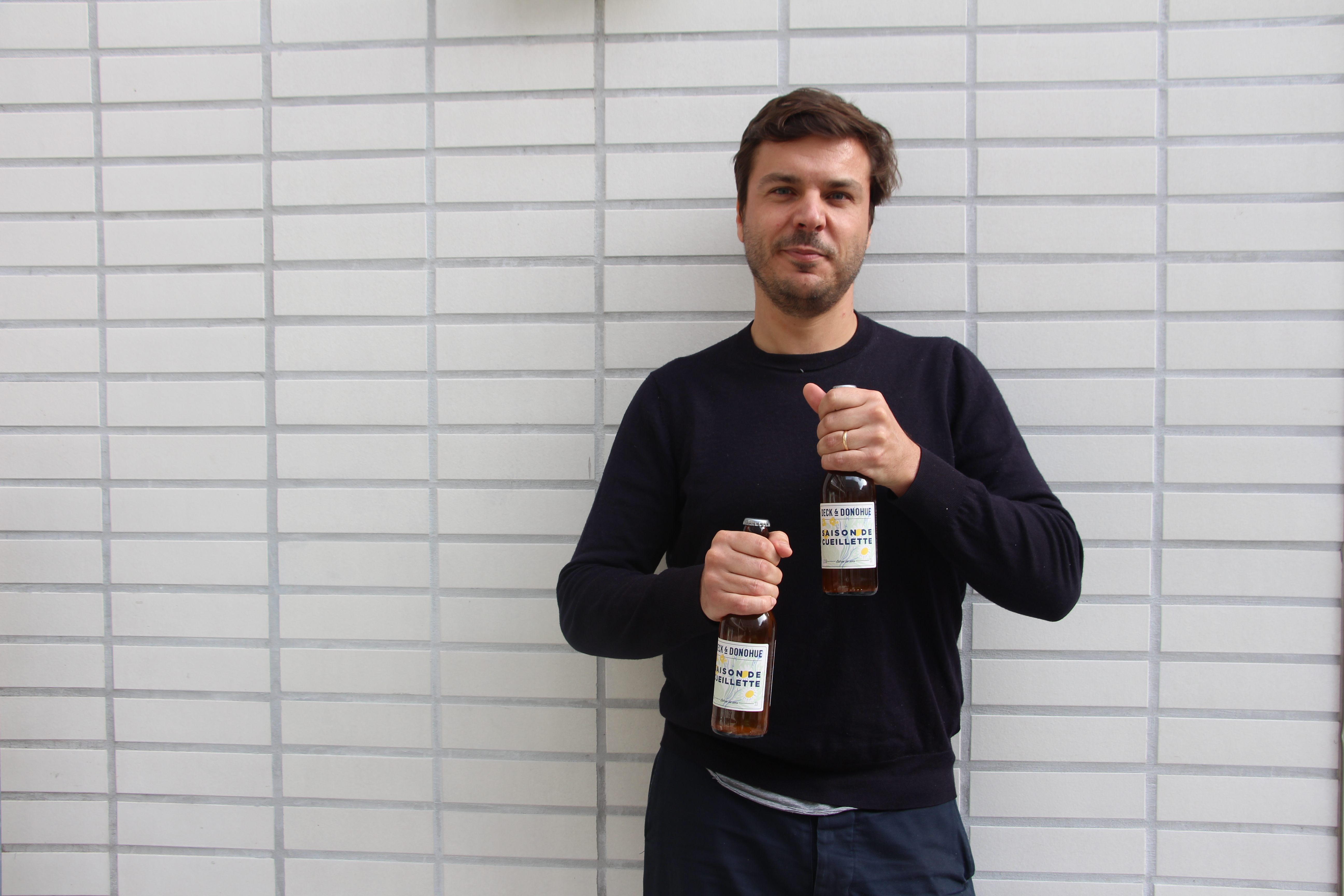
“The first time I met him, he had all these varieties around,” says Deck. “Some have beards, and some are different colors, and they all had poetic names for the person who invented it.”
“I’ve never felt that there was an intimate relationship between a grower and his barley,” he adds. “It’s quite interesting to be closer to the fields, to feel that a little bit more, and not just get bags.”
Sourcing malt locally has been a longtime dream for Deck; at first, he had even hoped to grow his own, not realizing that the crop rotation required would have forced him into a secondary career as a producer of soy.
“That’s why brewers are not really farmers,” he chuckles. “The closer you get to doing it, the more you understand what’s behind it.”
“I think it’s a way of accepting the humility of our work, compared to agricultural work, which is really more exposed to the season, the climate, and which requires a different sort of labor.”
It will take some time before he’s able to brew in any quantity with Seingier’s malt—five years, by his estimate.
This year, he has brewed just 2,000 liters of his cervoise-inspired beer. It’s fresh, herbal, and delicious, a simple, low-ABV, easy-drinking beer. If you didn’t know its backstory, you’d have no idea so much philosophy and research had gone into it. This rustic simplicity is reflected in its very name: Saison de Cueillette, or forager’s saison.
“We tried to call it something very simple, to reflect the humility of peasant work,” says Deck.
No chance of marketing it, then, I ask, as “Astérix’s potion magique”?
Deck laughs. “Maybe,” he says, ever diplomatic. “I’ll think about it.”
Gastro Obscura covers the world’s most wondrous food and drink.
Sign up for our regular newsletter.



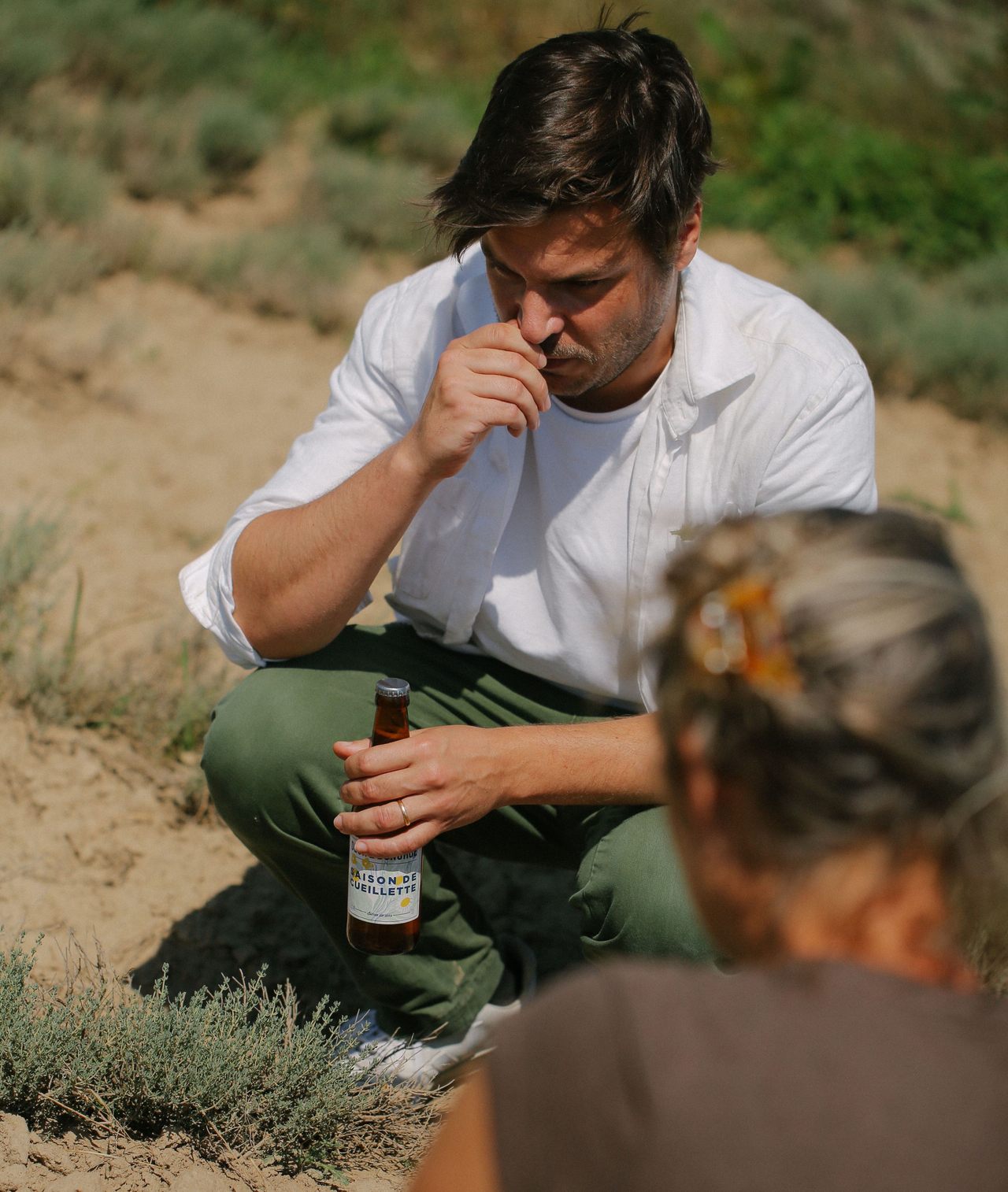





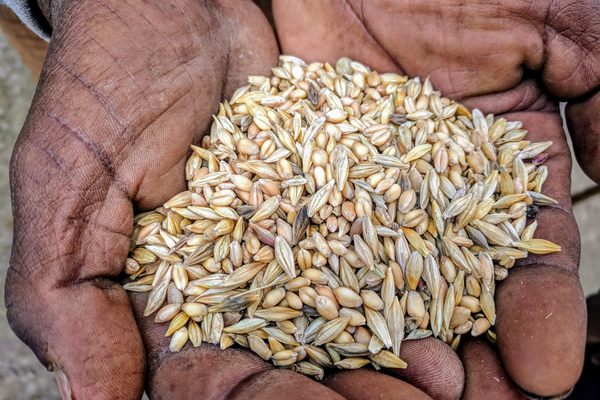



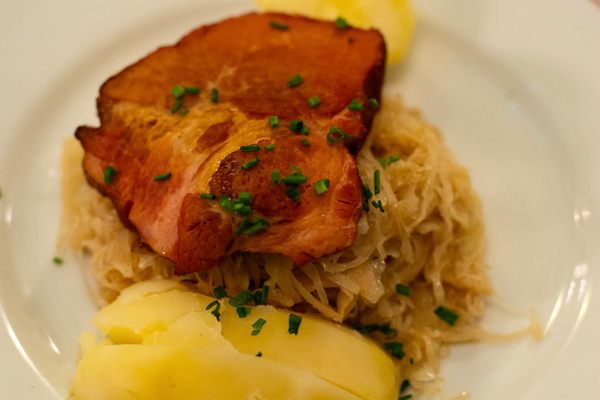
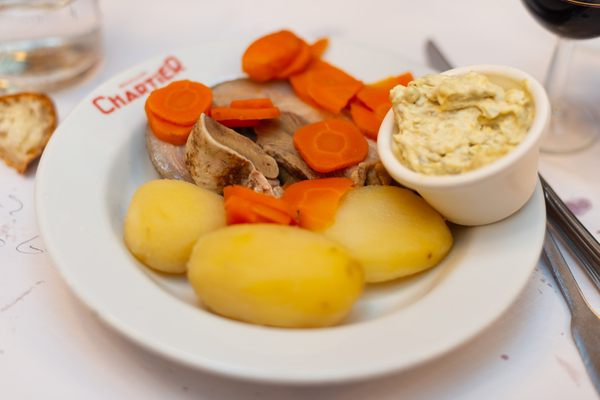


Follow us on Twitter to get the latest on the world's hidden wonders.
Like us on Facebook to get the latest on the world's hidden wonders.
Follow us on Twitter Like us on Facebook